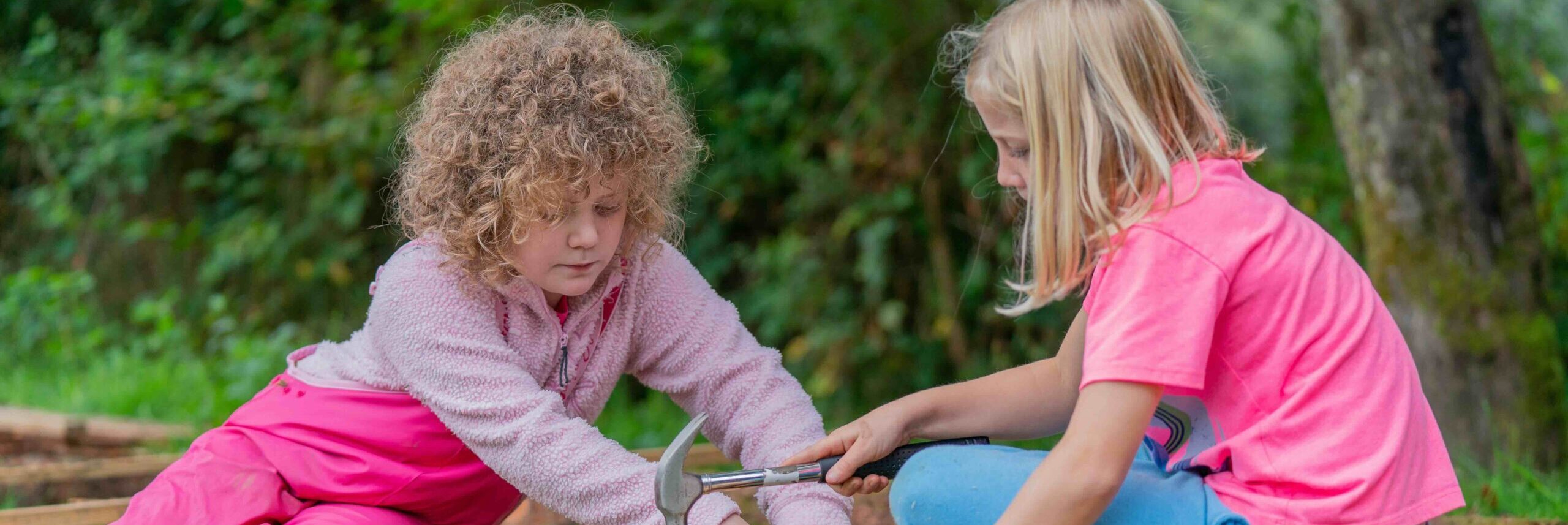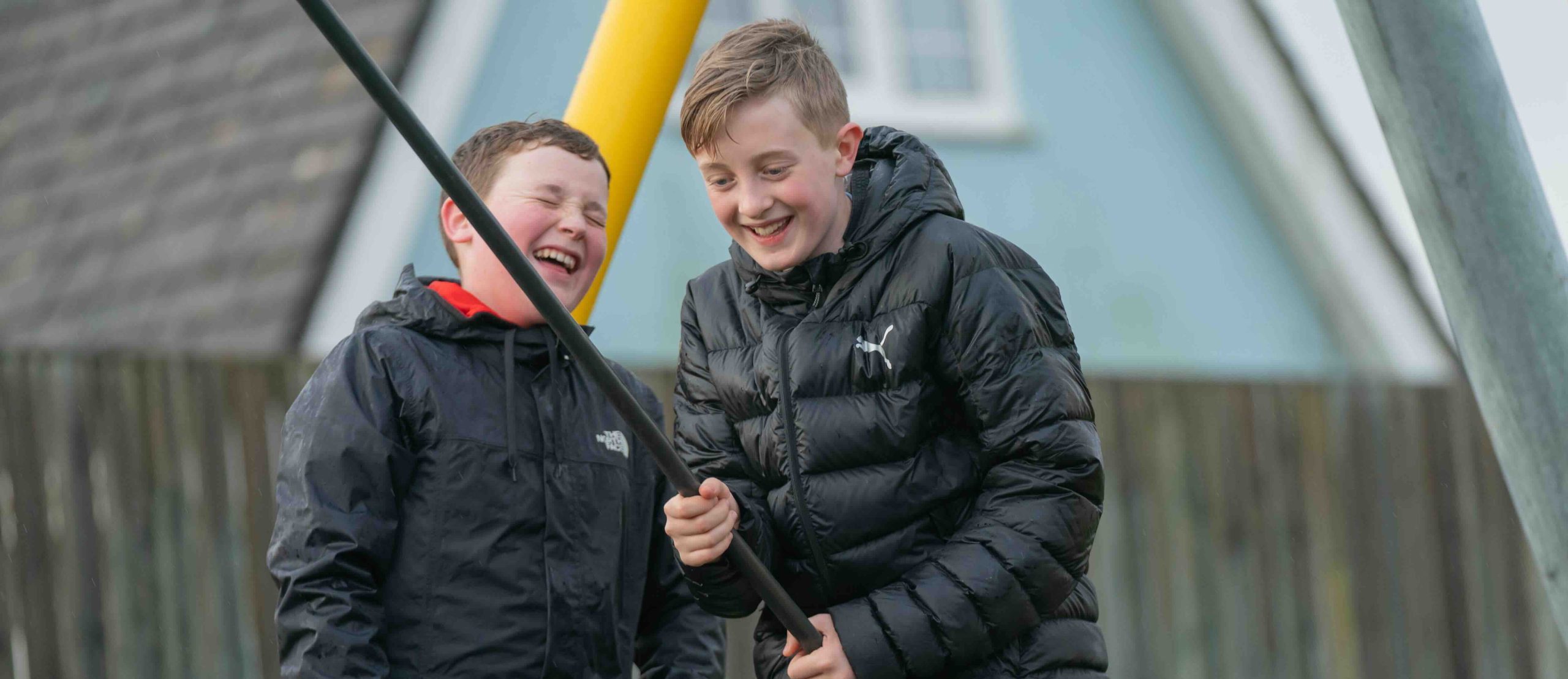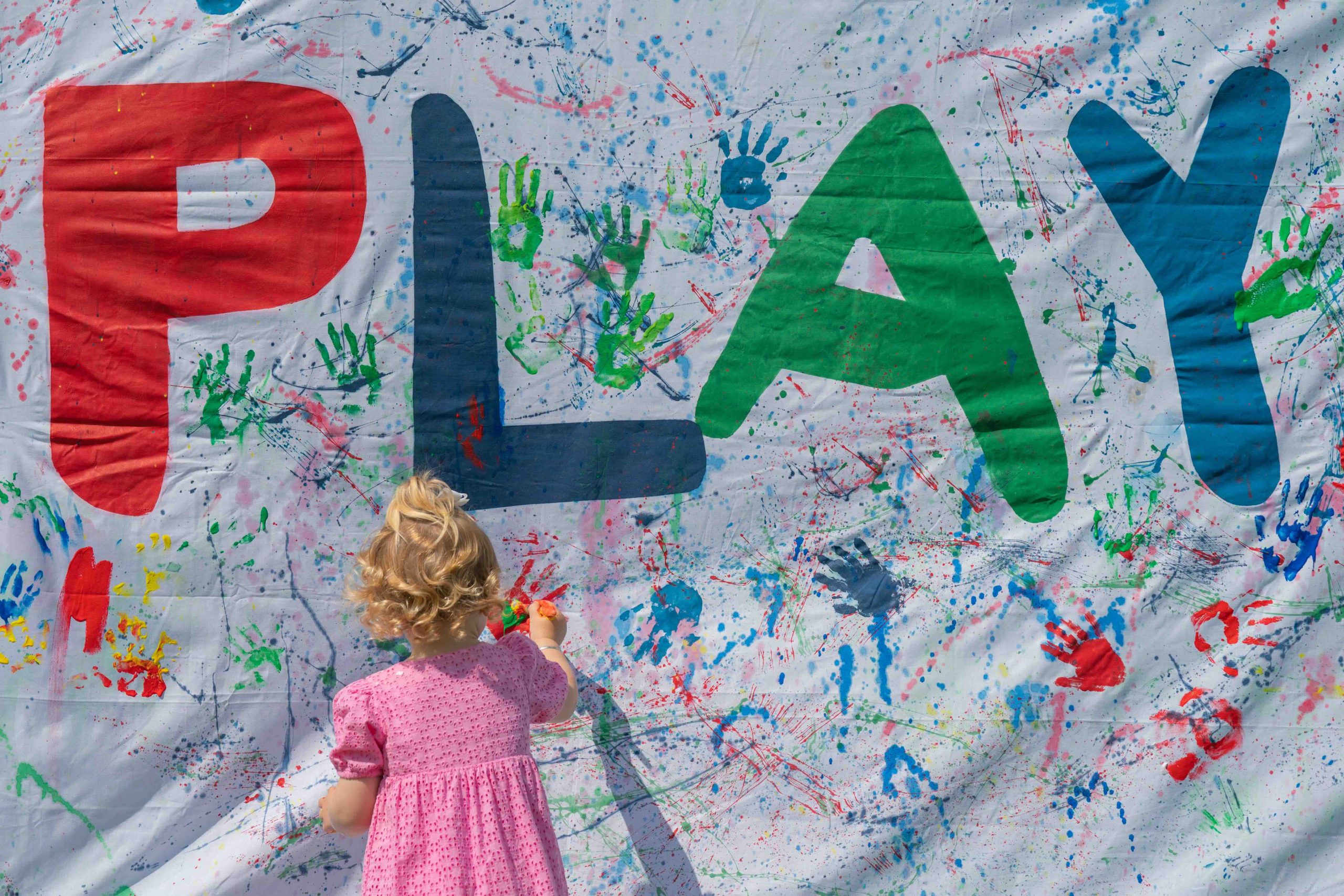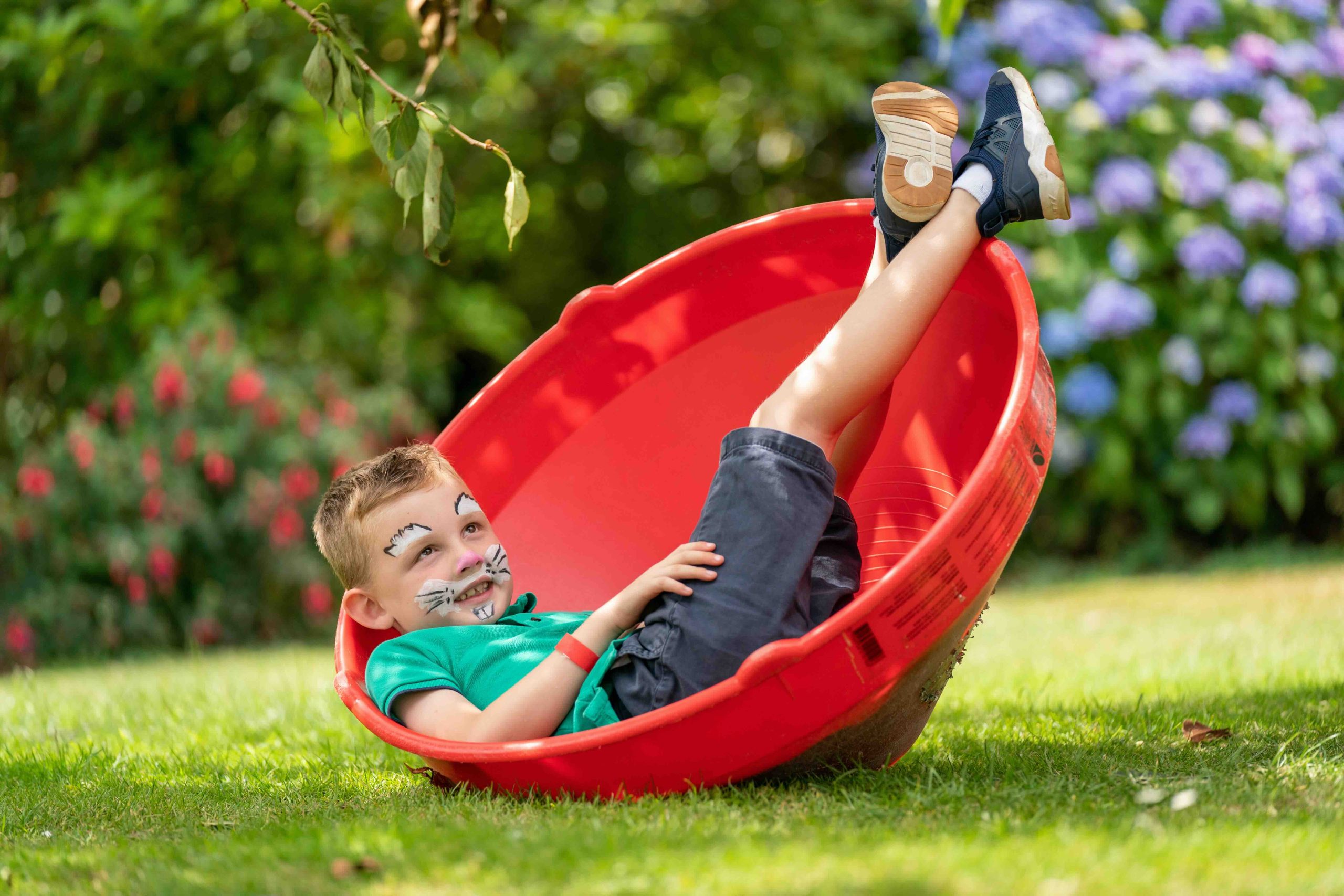All about play
Gender friendly play
Gender friendly play is play that shows children and teenagers that:
- it’s okay for them to play in whatever way they choose, without feeling limited by gender
- we – the adults around them – are trying not to pass on any fixed ideas of how boys or girls should play.
Children’s ideas about what it means to be a boy or a girl start to develop when they are very young. They get these ideas from all sorts of places and people.
Some ideas show your child that they can be whoever they want to be, and can make their own choices about their interests and jobs.
But other ideas can limit their expectations of themselves and other children. For example, storybooks might show boys that they ought to be brave, and that they don’t need to care about other people’s feelings. Or they might show girls that it’s more important to be pretty than to be clever or take the lead.
Where do children and teenagers pick up ideas?
The way people behave towards children and teenagers – and the way they behave towards each other – is a big influence on them. They also pick up ideas from:
- films, TV and the internet
- books
- toys and games
- clothes
- adverts.
Why does gender friendly play matter?
Being gender friendly helps children and teenagers to:
- feel okay about who they are and who they want to be
- develop positive mental health, self-esteem and body image
- understand about equal and respectful relationships between people.
Simple ways to keep play gender friendly
What you can do
- Show that you think it’s okay for your child to play with toys or games that might be thought of as ‘for boys’ or ‘for girls’ – for example, footballs or prams.
- Let your child know that everyone experiences a range of emotions whether they are a boy or a girl – it’s okay for boys to be scared, gentle, passionate or emotional and for girls to be fierce, caring, adventurous and determined.
- Make sure you have a good range of things to play with. You can gradually change the stuff you have to play with by finding different things in your home, or getting things from charity shops, libraries or toy libraries.
Here are some ideas:
- Loose parts – everyday materials like junk and cardboard boxes – let children play the way they want to.
- Practical, old clothes help your child or teenager feel able to climb, run around and get messy.
- Dressing up clothes like old jackets, hats, scarves, old sheets or curtains let your child or teenager use their imagination.
- Books with great leading characters, both boys and girls, help your child see there are lots of ways for people to be.
What you can say
- Compliment your child on what they have done or made, not only on how they look.
- Say ‘I like your hopping/drawing/attitude’ instead of things like ‘I like your hair/shoes/good manners’.
- Use up-to-date language, for example, firefighters and police officers instead of firemen and policemen.
What you can do about things other people say and do
- Sometimes people say things that limit the behaviour or feelings of boys and girls. For example, ‘you throw like a girl’ or ‘crying like a girl’ or ‘boys don’t wear that’. Think about what you could say when you hear things like this – in a way that opens up a conversation without make anyone feel bad. For example, ‘I wonder why we say things like that?’ or ‘I find myself saying that too but then I remember it’s not about being a boy or a girl.’
- You might have friends or relatives who love to give your girl sparkly pink things or your boy superhero stuff! Try speaking to relatives and friends well ahead of birthdays and other gift-giving special occasions and explaining how you are trying to be gender friendly.













